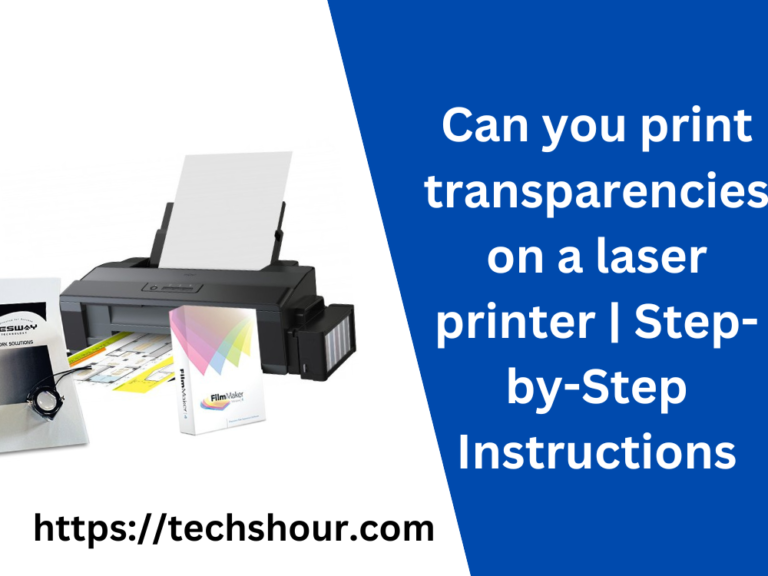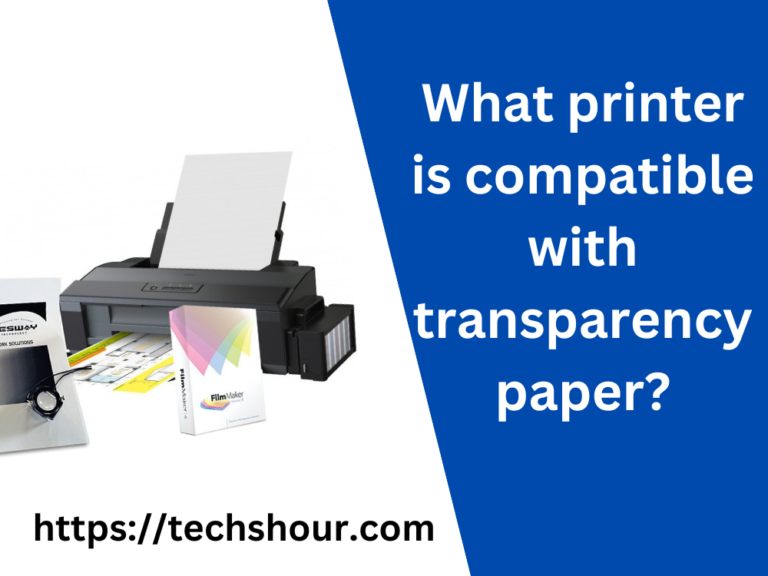The Ultimate Guide: What Printer Would an Architect Use to Print Large Plans?
As an architect, printing large plans is a crucial aspect of your work. Whether you are printing blueprints or schematics, you need a printer that can handle large-format printing. However, with so many options available, it can be challenging to know which printer would best suit your needs. In this how-to article, we will explore what printer an architect would use to print large plans.
As an architect, you need to print large plans for your clients and colleagues. These plans may include building designs, blueprints, or schematics. To print these large plans, you need a printer that can handle large-format printing. In this article, we will discuss the different types of printers available and help you choose the best one for your needs.
Table of Contents
Types of Printers:
There are two main types of printers that architects use for large-format printing: inkjet and laser printers.
Inkjet Printers:
Inkjet printers are the most common type of printer used by architects for large-format printing. They are affordable, easy to use, and produce high-quality prints. Inkjet printers use liquid ink, which is sprayed onto the paper to create the image. This type of printer is best suited for printing graphics and images.
Laser Printers:
Laser printers are less common than inkjet printers but are still a popular choice among architects. They use toner instead of ink and can produce high-quality prints quickly. Laser printers are best suited for printing text and line drawings.
Which Printer to Choose: When deciding which printer to choose, you should consider the following factors:
- Size of Prints: Consider the size of the prints you need to produce. Inkjet printers can handle larger paper sizes, but if you need to print more substantial plans, a laser printer may be a better option.
- Quality of Prints: Consider the quality of the prints you need to produce. Inkjet printers produce higher-quality images, while laser printers produce higher-quality text and line drawings.
- Cost: Consider the cost of the printer and the ongoing cost of replacement ink or toner. Inkjet printers are generally cheaper than laser printers, but the cost of replacement ink can add up over time.
- Speed: Consider the speed at which you need to print. Laser printers are faster than inkjet printers and are better suited for high-volume printing.
Tips and Tricks for Printing Large Plans:
Here are some tips and tricks to help you get the most out of your large-format printer:
- Choose the right paper: Make sure you choose the right type of paper for your prints. Use high-quality, heavy-weight paper to ensure your prints look professional.
- Calibrate your printer: Calibrate your printer regularly to ensure your prints are accurate and consistent.
- Use the right settings: Use the right settings for your printer to ensure your prints look their best. Adjust the settings for paper type, print quality, and color calibration.
- Print in sections: If you need to print a large plan, consider printing it in sections and then piecing it together. This will ensure that you get a high-quality print without any distortion.
Frequently Asked Questions:
Can I print large plans at home?
Yes, you can print large plans at home with a large-format printer. However, these printers can be expensive, and the ongoing cost of ink or toner can add up over time.
Can I print large plans at a print shop?
Yes, many print shops offer large-format printing services. This can be a more cost-effective option if you only need to print plans occasionally.
Conclusion:
Printing large plans is a crucial aspect of an architect’s work. When choosing a printer for large-format printing, consider the size of prints, the quality of prints, cost, and speed. Inkjet and laser printers are both good options, but it’s important to choose the one that best suits your needs. Remember to calibrate your printer regularly, use the right settings, and choose the right paper to ensure your prints look their best. By following these tips and tricks, you can produce high-quality prints and ensure that your clients and colleagues are impressed with your work.
Related Articles:
Best Large Format Printers For Architects







